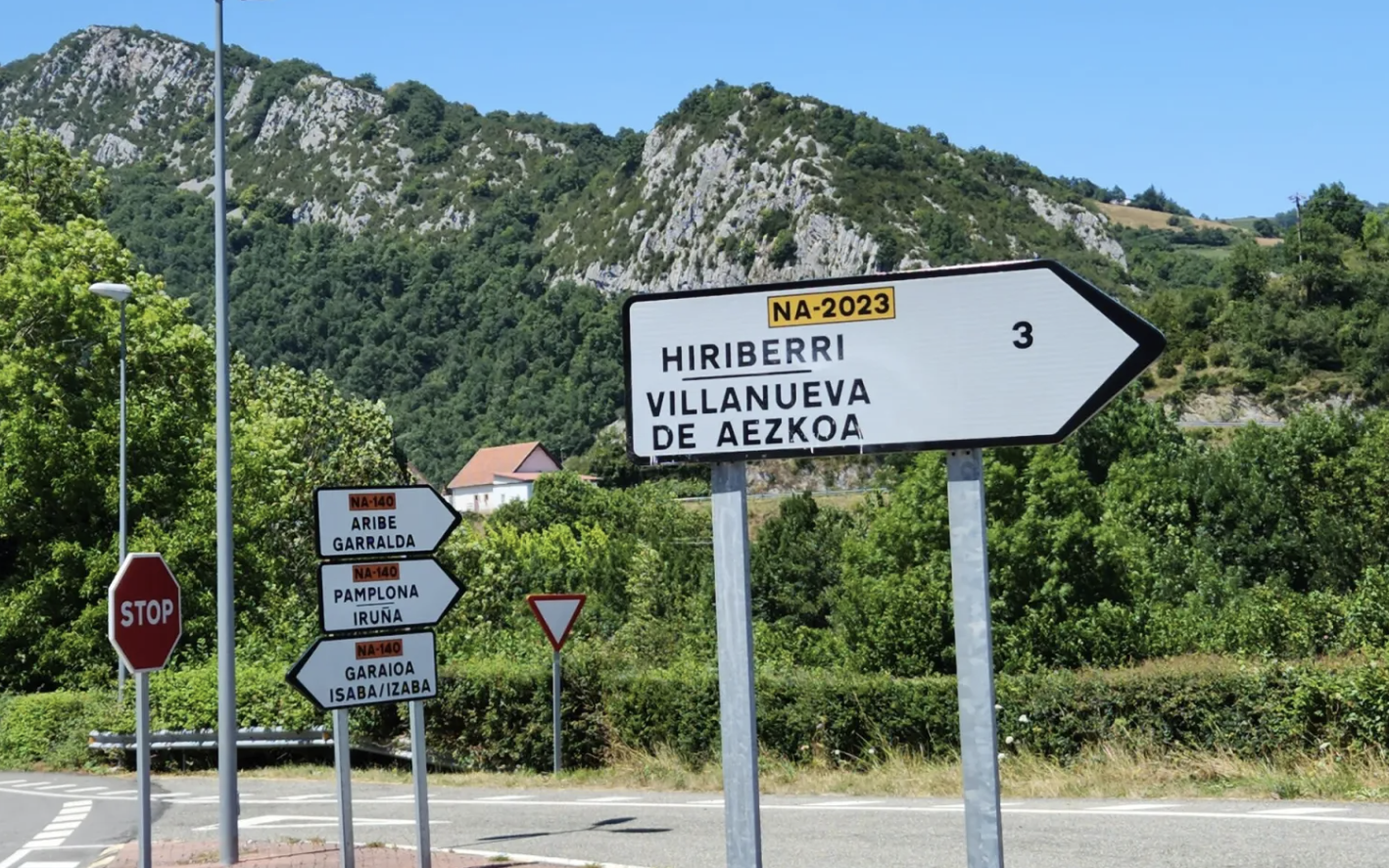News
The Power and Puzzle of Demographics — Case Studies of the Basque Country and Africa
The median age in Spain is 44 years and in Africa, it’s 18.8. As a consequence, by 2050, the population of Africa is expected to have doubled to 2.5 billion, with 60% living in its cities. In Spain, the population is projected to rise to 52 million, but with the largest segment aged between 40-70 years.

Ernest Hemingway wrote The Sun Also Rises in eight weeks after his 1925 visit to the Festival of San Fermin in Pamplona, a fiesta better known as the “running of the bulls”.
The novel, considered Hemingway’s greatest, deals with the physical and psychological wounds of the First World War, a conflict in which he had served as an ambulance driver on the Italian front where he had been badly wounded.
Set in the Basque country bridging southwest France with northwest Spain, bookended by the Atlantic and the Pyrenees, it is a hedonistic if cathartic romp by a traumatised post-war “lost generation” as they drink, argue, fight and make up and out.
As Hemingway wrote, “Everyone behaves badly — given the chance.”
In the process, he takes the reader through the culturally and geographically rich Basque region, or Euskadi, where the activity of the Atlantic coastline contrasts with the steep, secluded farming valleys of the interior, from Irun in the north through Bilbao, Vitoria-Gasteiz and San Sebastián on to Hondarribia, Hendaye and Irun, merging towards Bayonne and Hemingway’s beloved Pamplona.
Through these valleys twist serpentine roads among tormented politics while cows idly clank their tune to no one in particular. It’s a region known for its contrarian views, insularity and nationalism, as evidenced by its support for the Republican cause during the Civil War and its bloody aftermath.
The scenes of Alpine bucolic beauty and architecture contrast with the layered complexity of nationalist politics, of a region ready to state its desire for independence — “This is not Spain” is emblazoned everywhere — but within the reality of economic dependence, the combination producing a certain insouciance.
Now, with ETA’s separatist war a thing of the past since a 2018 peace deal, the region faces another perhaps more existential challenge: demographics and the threat of España vaciada, or “empty Spain”.
This is not Basque-specific. About 90% of Spain’s population, about 42 million people, is located in 1,500 towns and cities that occupy less than a third of the land. The remaining chunk is inhabited by just 4.6 million people, a number that is falling.
The National Statistics Office has reported that 80% of villages housing less than 1,000 residents are at risk of disappearing altogether due to ageing and migration. Many of these are in the provinces of Aragón, Castilla y León, Castilla-La Mancha, Extremadura, La Rioja and Navarra. These six interior regions, considered the birthplace of the Kingdom of Spain, make up more than half of the national territory and yet are home to little more than 15% of its 48 million people.
The Valle de Aezkoa, about 70km from Pamplona, nestles in the foothills of the Pyrenees, officially falling under Navarra’s administration. Comprising nine towns with around 800 inhabitants, the population is falling and schools are closing as young people up sticks and leave for the cities in search of jobs and excitement.
With just one supermarket serving the community and two buses providing access weekly to Pamplona, tourism is constrained, the biggest market being hikers on trans-Pyrenean trails. But they, too, need places to eat and sleep. In a vicious cycle, the availability of services is fed by those willing to invest time, money and energy in the Valle, and they are leaving or getting old, or both.
Comparisons with Africa
This is both the same and yet quite the opposite demographic problem to that of Africa, similar inasmuch the rural areas are generally underpopulated. Africa’s population density, for example, is just 49 people per km2, well below the global average of 62 per km². In Spain, the ratio is 95 per km2.
But there are big differences between these circumstances. More than 80% of Spaniards live in urban areas. In Africa, the figure is a little over half this number, though rising rapidly.
Most importantly, the median age in Spain is 44 years and in Africa it’s 18.8, reflecting Africa’s youth bulge. As a consequence, by 2050, the population of Africa is expected to have doubled to 2.5 billion, with 60% living in its cities. In Spain, the population is projected to rise to 52 million, but with the largest segment aged between 40-70 years.
In some parts of Africa, population growth is already creating domestic political pressures and external changes as people move to greener pastures, including in Europe.
In particular, the Sahel, which by 2050 will hold a population of 330 million across its core five countries (Niger, Burkina Faso, Mauritania, Mali and Chad) alone, more than double what it is today, is tottering on becoming a failed region, a failure which will push more people north, including to Spain, just 14km from Africa across the Strait of Gibraltar.

About 385,000 illegal migrants entered the European Union, for example, in 2023, of which Africans were the largest group at 23%. Still, the majority of migrants to the EU are legal (3.4 million in 2022), and the vast majority of refugees from Africa and Asia do not go to Europe, but rather move to neighbouring countries. This could change with increased instability across Africa, with Europe thus a more attractive sanctuary despite the perils of the passage.
In the Valle de Azekoa, the locals are working to try to find the means to draw in visitors and keep locals engaged with the development of a digital marketing strategy and physical offerings, including museums and other places of interest. This is made easier by superb road infrastructure. In Africa, there may be less discontent than in Spain about the nature of the government’s response, but that is probably because people in Africa have such low expectations of their governments.
In both cases, Spain and Africa, the situation is not hopeless and depends to a great extent on how people react. African population growth provides a great opportunity for economic growth with a flood of young, energetic people into the marketplace. Whether this turns out to be a demographic dividend or disaster depends on governments educating the population and putting in place the infrastructure and policy and governance environment that can more easily than hitherto enable businesses to prosper. In Spain, small steps in Azekoa could make a big difference, not least around access and marketing, and developing a narrative which attracts the visitor.
In both cases, the future depends on what people do — or don’t do.
Hemingway said that the purpose of The Sun Also Rises was not so much about a generation being lost, but that “the Earth abideth forever”. As he wrote, “you can’t get away from yourself by moving from one place to another”.
This article originally appeared in the Daily Maverick


